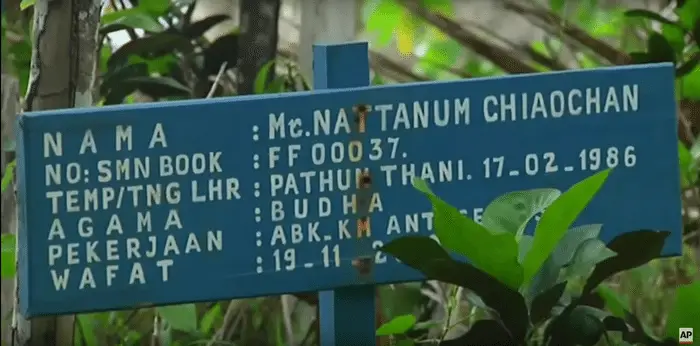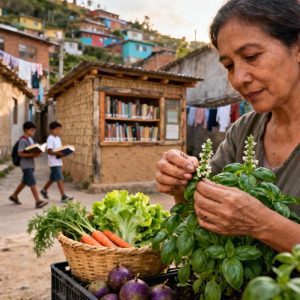Have you ever noticed that huge amounts of packaged seafood – both for pets and humans, are labelled “Produce of Thailand”? Of course some is… there are many, many fish and shrimp farms in the country. But most of that packaged seafood is wild-caught. And some of it is caught by slaves.
Caught by Slaves? The Dark Side of Your Seafood Dinner
In recent months there have been multiple revelations of slave camps in western Thailand, some involving senior police and army personnel. Thailand, like many third world countries is endemically corrupt. This report is about more than Thailand, Indonesia and Myanmar. It’s about a system that still exists in many countries… slavery.
There are an estimated 35.8 million slaves in our world right now… today! Slavery takes many forms including debt indenturing which is rife in India, Pakistan and Bangladesh. Many boys, young girls and women from third world countries and Eastern Europe are forced into prostitution with death their only likely escape.
An estimated 4% of Mauritanians are victims of hereditary or chattel slavery. Uzbekistan also has the dubious honour of enslaving close to 4% of its population by way of forced, unpaid labour. Russia, along with China, India, Pakistan and Uzbekistan are the five worst offenders (based on the total number of slaves), holding some 61% of all slaves between them.
Even the most advanced economies share the shame. Australia has an estimated 3,000 victims with most being sex workers trapped by debt or statelessness. The United States is ‘home’ to an estimated 60,000 modern slaves, most coming from Mexico, the Philippines,Thailand, Honduras, Guatemala, India and El Salvador. On the other side of the Atlantic, the United Kingdom holds an estimated 8,300 slaves, mostly used for commercial sexual exploitation.
Around the world, young girls, some as young as five, are forced into marriage. They have no say, no rights, no will. That is as much slavery as putting a chain around a man’s neck.
While you may feel powerless to stop such abuses, the first step in change is knowledge. You can find out where your country ranks on this ‘wall of shame’ and help to make others aware of the issue. Click here for an overview of the 2016 Global Slavery Index . You will also find links to regional statistics and also a link to download the full report.
We care! Do you?




